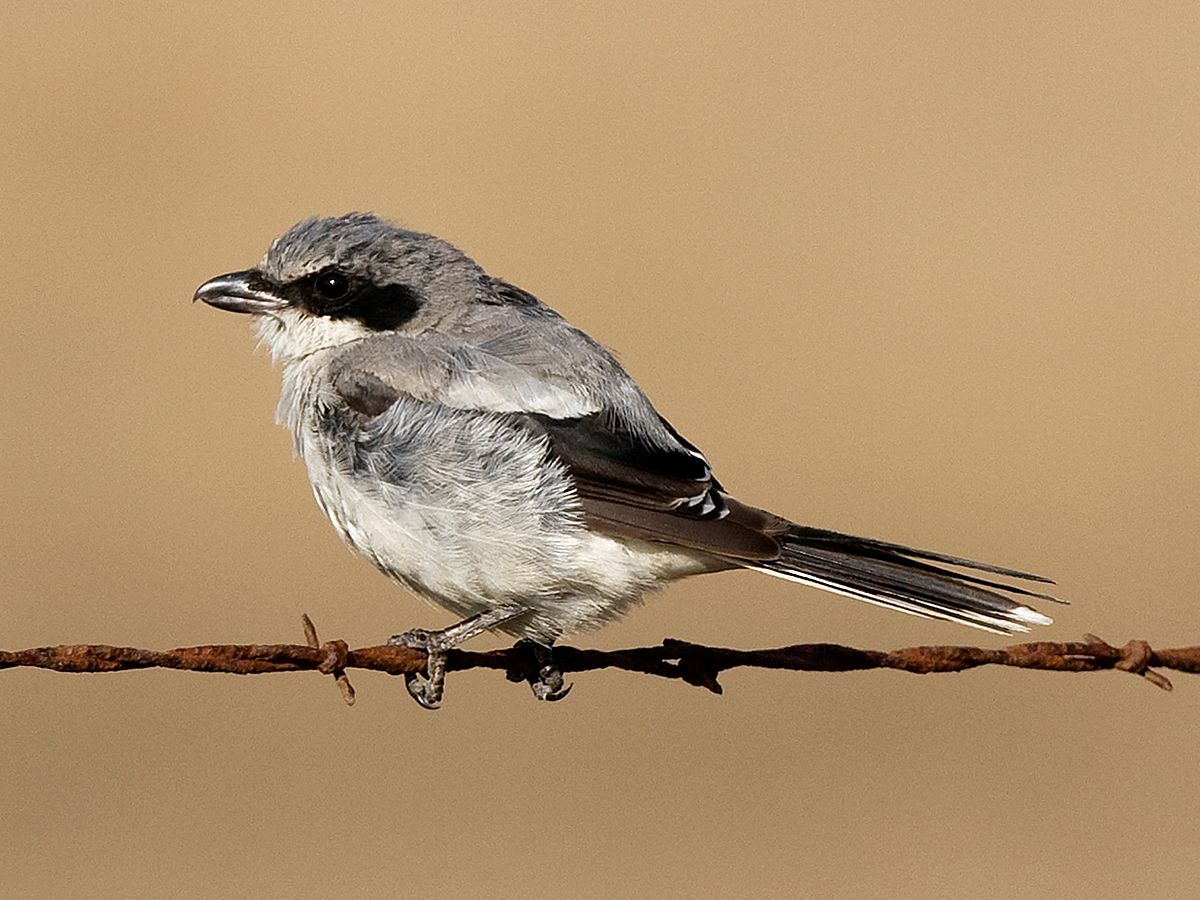Offer
Provide additional details about the offer you're running.
Provide additional details about the offer you're running.
Provide additional details about the offer you're running.

Feature Image By Kevin Cole from Pacific Coast, USA (en:User:Kevinlcole) (Loggerhead Shrike (Lanius ludovicianus)) [CC BY 2.0 (http://creativecommons.org/licenses/by/2.0)], via Wikimedia Commons
As we roll into fall, you might begin to notice the changing plumage of many of your backyard birds, particularly those of the males of the species. The process of which birds “shed” their old, dead feathers in order to grow new ones is the act of molting.
This process, while seemingly easy on the surface, is actually a quite complex one. Understanding why and when these changes occur can certainly transform you into a knowledgeable and informed birder. Armed with this knowledge can give you the upper hand in identifying a variety of species and even help you to determine a rough estimate of the bird's age.
Molting changes everything for your backyard birds, and they can be in danger during this process. Birds need sufficient time and resources during their molting period, as they can become quite hindered with most of their day to day activities. For most birds, flying during molting is almost impossible, leaving them susceptible to predators.
The weather also plays a factor, naturally, when birds are missing a large number of feathers, they cannot keep themselves as warm as they usually do. Birds need sufficient time, with as little stress as possible to help them form a strong set of new feathers. Be sure to keep your feeders full, and give your molting birds the nutrients they need to form a beautiful and strong plumage.
This varies widely across a number of species of birds. There are three categories most bird species fall into; one molt per year, one complete molt and one partial molt and finally; two complete molts per year.
The large majority of bird species fall into this category, typically molting their feathers during the non-breeding season, just before their scheduled migration period. Some species included:
Species falling under this category will typically go into a complete molt right after the nesting season, and then go through a partial molt to bring in their brilliant breeding plumage. Some species include:
Not a large amount of species go through this type of molting cycle, and the species are typically those that are found in slightly more harsh environments where the risk of damaging their feathers is drastically higher. Two species for example that will molt twice a year:
High Quality Blend